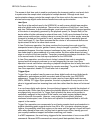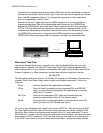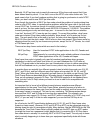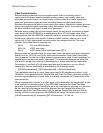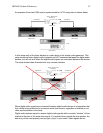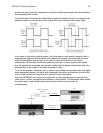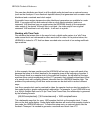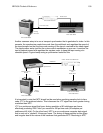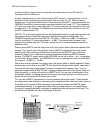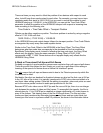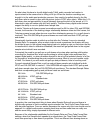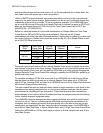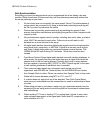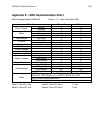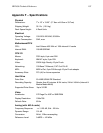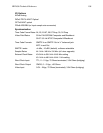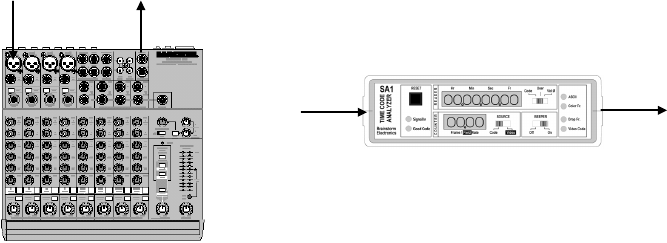
HD24/96 Technical Reference 101
produces a jittery sample clock that degrades the performance of any A/D and D/A
converters that are slaved to it.
Another important point to note is that because MTC is sent in ¼-frame packets, it is not
possible to achieve positional synchronization that is as tight as LTC. Whereas some
devices may not get much better than ¼-frame accuracy using MTC, some devices like the
HDR24/96 are able to achieve sample-accurate positional lock using LTC. This is because
LTC acts very much like a clock signal and LTC reader hardware can accurately latch on to
the edge of an LTC subframe. The bottom line is that when faced with a choice to use LTC
or MTC, always choose LTC.
SMPTE LTC is an analog signal that can be distributed through any path and recorded onto
any medium that you would normally use to distribute and record analog audio. The
HDR24/96 supports two standard SMPTE LTC levels: -10dBV and +4dBu. The standard
level for recording LTC onto analog tape is –10 dBV. This insures that the signal is hot
enough to be decoded by the LTC reader, but not so hot to cause excessive crosstalk on
adjacent tracks.
Always record SMPTE onto an edge track and if you project allows, leave the adjacent track
unused. This “guard” track will guarantee that no SMPTE crosstalk will be heard on the
closest audio track. Be sure to defeat noise reduction on the SMPTE track, as this will
distort the signal. The +4 dBu level is typically used when distributing SMPTE between
devices. The SMPTE output level on the HDR24/96 can be set to either –10 or +4 operation
from the Sync Setup window. The HDR24/96 can lock to incoming time code at levels within
the range of –25 dBV to + 15 dBu.
When time code is recorded onto analog tape, the signal quality is slightly degraded. Some
devices may not be able to read SMPTE from third or fourth generation copies, especially if
care was not taken during the transfer process. In practice this happens often. You can
generally suspect either a SMPTE level or quality problem when the slave device stops and
starts frequently, or simply will not lock to SMPTE at all. You can use a small mixer or line
distribution amplifier to change the level of the time code signal going to or coming from a
device. Be sure to defeat the EQ when you do this.
You can use a SMPTE regenerator to correct problems with signal quality. These devices
are designed to read distorted or otherwise poorly reproduced time code and either clean up
the quality of the original (called reshaping) or generate an entirely new SMPTE signal
(called regenerating). It is a good idea when copying analog tapes (or even digital tapes
through an analog signal path) to reshape or regenerate time code going to the copy. The
picture below illustrates the use of both types of devices.
Time Code Reader /
Generator
Distorted
SMPTE In
Regenerated /
Reshaped
SMPTE Out
Small Mixer or Line
Distribution Amplifier
SMPTE In
Gain-Adjusted
SMPTE Out



